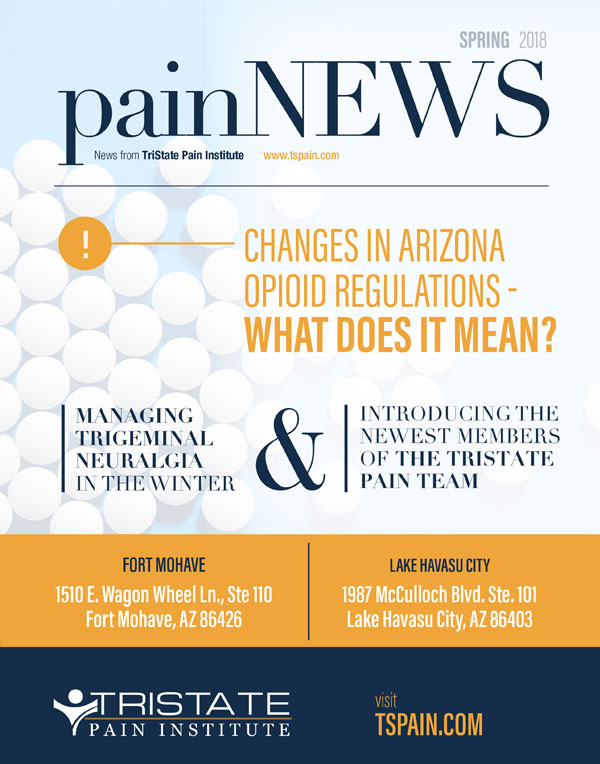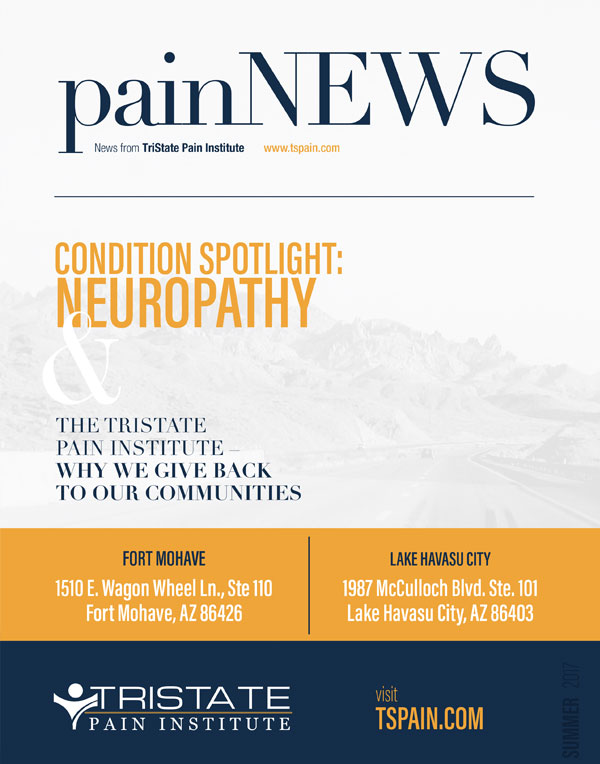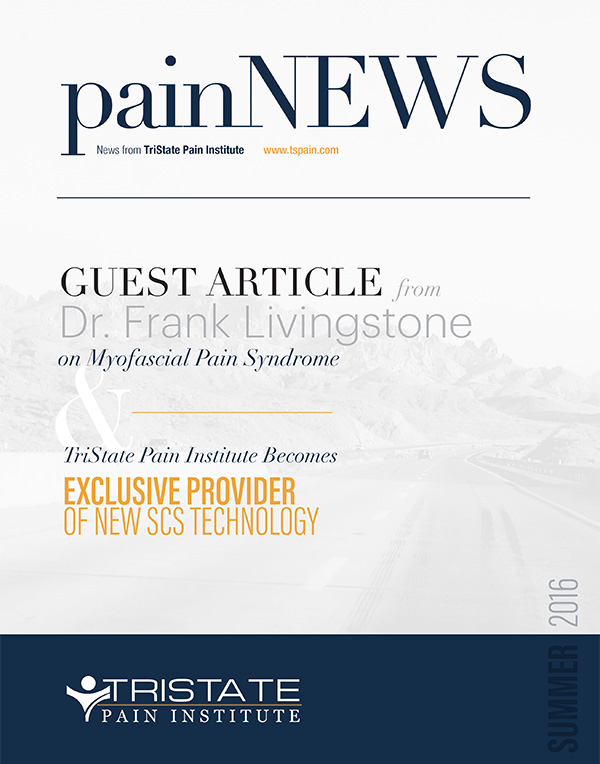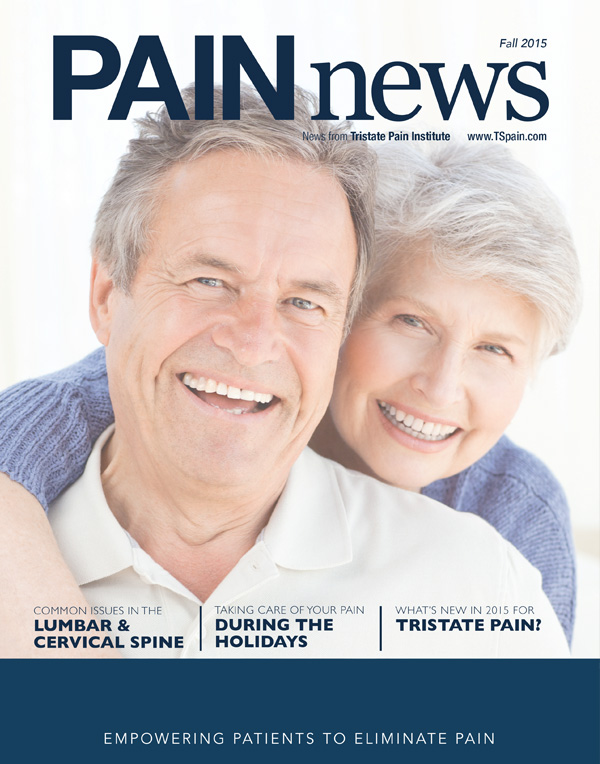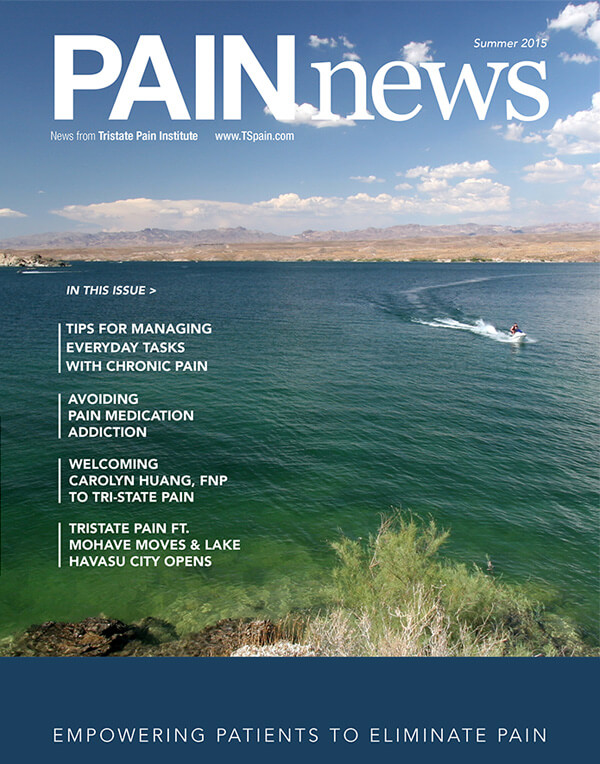It’s Not in Her Head
Accepted Insurances:
- Aetna/US Healthcare
- Aetna Medicare Plans
- AHCCS Direct Mohave Indian Health Services
- APIPA (UHC State & Community Plan & Evercare
By Monica Mallampalli, PhD, Healthy Women
Cynthia Toussaint spent 13 ½ years with burning pain spreading through her body, initiated from a torn hamstring during ballet class.
As the pain spread, she was forced to stop dancing. Her doctors would not diagnose her properly, telling her it was psychological—a common yet inaccurate diagnosis for women suffering from pain. They gave reasons from “stage fright” to “enjoying the secondary gain of attention” from her partner. None would even refer her for psychiatry help they claimed she needed.
It took years for her to finally be diagnosed with complex regional pain syndrome (CRPS) by a specialist. Since then, she has founded For Grace, a nonprofit geared to bettering the lives of women living with pain.
Cynthia’s story is not uncommon. Gender bias exists in our health care system, and can result in disproportionate pain management and access to care particularly for women.
What is gender bias and how does it impact pain management?
Gender bias occurs when there is unconscious or implicit bias toward one sex in delivering health care, whether it is diagnosing a painful condition and managing that condition. There are many examples of gender bias identified in pain management. For example, it is well documented that women are offered psychotherapy more often than men, who are more likely to be offered pain-relieving medications.
For minority women, the issue of gender bias when it comes to having their pain assessed and treated is compounded by racial bias as well. The Institute of Medicine’s 2011 Relieving Pain in America report stated there are many barriers that prevent minority women from accessing health care, such as physician attitudes, socioeconomic status, mistrust of medicine among the Black community, and lack of adequate medication supplies in local pharmacies.
According to the U.S. Centers of Disease Control and Prevention, about 1 in 3 women live with chronic pain and suffer from multiple chronic pain overlapping conditions. Research continues to demonstrate that biological differences or gender-based differences exist in pain perception and treatment, suggesting that sex-specific biological factors (hormones, genetics, and pain mediators) and gender-specific psychosocial factors (pain coping, gender roles, and exposure to stress or trauma) contribute to these differences. These factors also contribute to gender bias and can influence the treatment and management of pain in clinical settings.
How does it manifest?
There are many ways that gender bias manifest in pain care. It can occur in clinical research and during patient-provider interactions. In research, for example, women of reproductive age were historically excluded from most clinical trials for the fear of harming their babies. Women’s hormonal cycles were also considered challenging by researchers and were ignored in scientific experiments, resulting in research studies—and therefore clinical treatments—are being narrowly tailored to men.
This led to applying a one-size-fits-all approach by providers in diagnosing, treating and managing pain, thereby completely ignoring the role of sex-and gender-specific factors that contribute to painful conditions. The lack of female providers and researchers in the pain medicine and anesthesiology fields has further compounded the issue—only 18 percent of pain management physicians are women.
What can we do to overcome gender bias?
Both women and men need to receive equitable health care. We can only do this by ensuring equal participation of women in research studies, and performing sex-specific analysis of scientific data. We need to encourage more women to enter the health care field, educate providers on unconscious gender bias, empower women to advocate for themselves, and finally, raise public awareness about gender-based disparities in health care.

